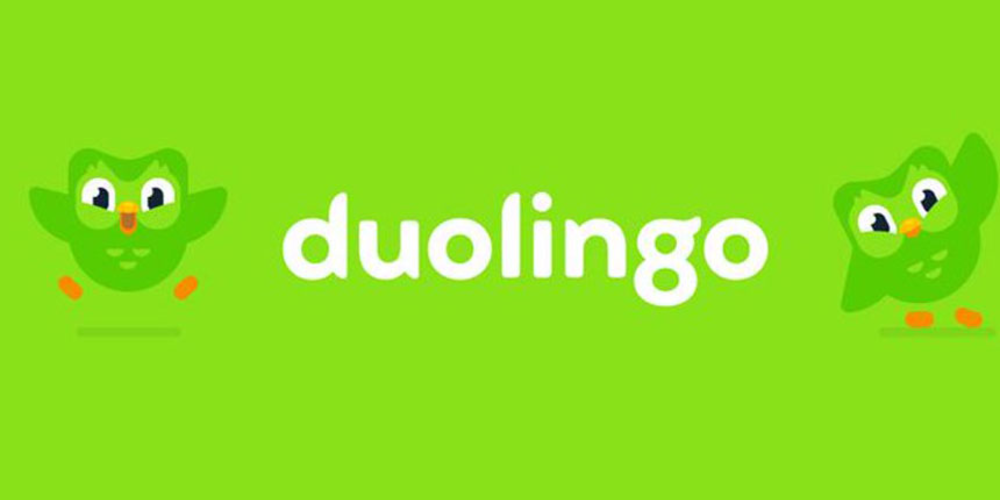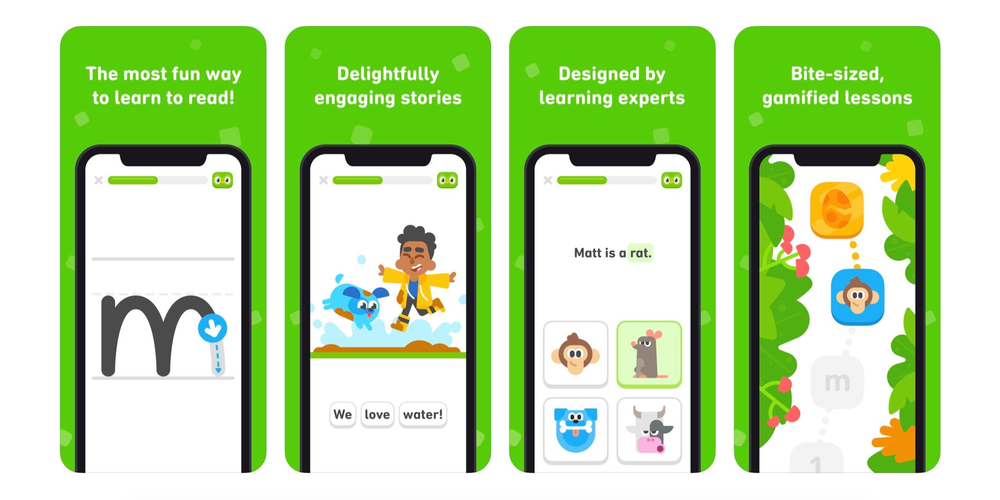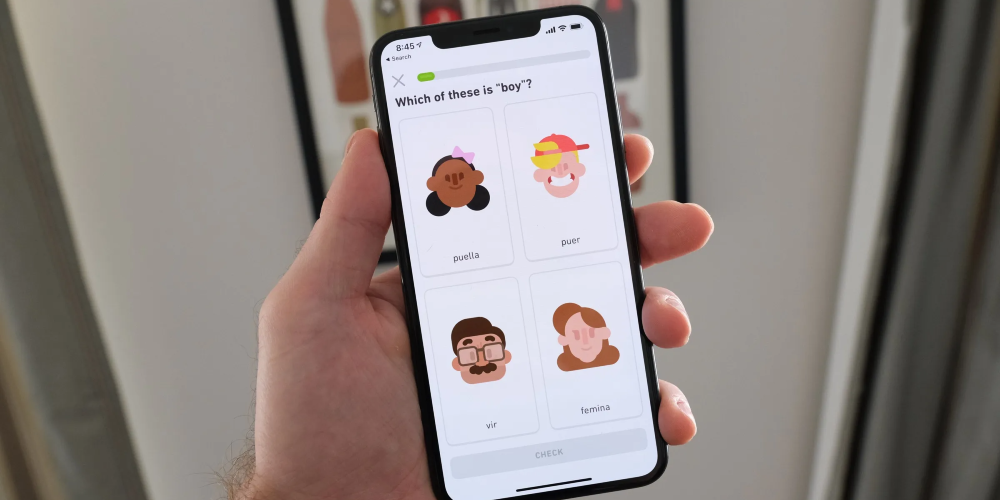Mastering Languages with Fun: The Ingenious Strategy Behind Duolingo's Success

In the panorama of digital learning, Duolingo has emerged as a colossus, revolutionizing the way we approach language learning. With its user-friendly interface and a vast array of languages to choose from, it has successfully demystified the learning process, making it accessible to millions worldwide. However, the true genius of Duolingo lies not just in its educational content but in its sophisticated use of gamification and psychological strategies designed to keep users engaged and motivated. This article delves into the intricate tapestry of techniques Duolingo employs to transform the arduous journey of language learning into an addictive and rewarding adventure.
Language learning has transcended traditional boundaries, entering the digital age with a flourish. Amidst various online platforms, Duolingo stands out as a beacon of innovation, offering a seamless blend of education and entertainment. But what makes Duolingo so captivating? The secret lies in its adept use of gamification and psychological tactics that tap into human behavior and motivation. By examining these strategies, we uncover the blueprint of Duolingo's success and how it has managed to keep millions of users worldwide hooked on learning new languages.
The Gamification of Language Learning

Duolingo turns the learning process into a game, where each lesson feels like a level in a video game, complete with rewards, challenges, and milestones. This gamification is a critical component of its strategy, leveraging the natural human propensity for play to foster learning. Here are some ways Duolingo employs gamification:
- Streaks: By tracking the number of consecutive days a user logs in and practices, Duolingo taps into the desire for consistency and the fear of breaking a streak. This encourages daily engagement.
- Points and Levels: Users earn points for completing lessons, which can unlock new levels and features. This system of rewards simulates video game progress, making each achievement feel significant.
- Leaderboards: By comparing progress with friends and other learners, Duolingo fosters a sense of competition and community, driving users to stay ahead.
Such components foster a setting where acquiring knowledge transforms into an engaging adventure, brimming with self-accomplishment and development.
Psychological Strategies at Play

Beyond gamification, Duolingo employs a range of psychological strategies that cater to human emotions and cognitive biases, ensuring users remain motivated and engaged. Some of these strategies include:
- Immediate Feedback: Duolingo provides instant feedback on exercises, allowing learners to correct mistakes on the spot. This immediate reinforcement aids in the retention of knowledge and keeps frustration at bay.
- Customized Learning Paths: The platform adjusts the difficulty of exercises based on the user's performance, ensuring the learning experience is neither too easy nor too hard. This customization taps into the psychological concept of "flow," where users are fully immersed and focused.
- Positive Reinforcement: Through the use of cheerful sounds, animations, and encouraging messages, Duolingo offers constant positive reinforcement, rewarding progress and making learning a joyful experience.
By intertwining these psychological nuances with the learning process, Duolingo expertly maintains user motivation and interest, making the daunting task of language learning surprisingly pleasant.
The Social Aspect
Duolingo does not overlook the social dimension of learning. It cleverly integrates social features that enhance the learning experience, making it not just an individual journey but a shared adventure. Features such as sharing achievements on social media, competing in leagues, and participating in forums not only foster a sense of belonging but also leverage the power of social accountability to motivate users. The desire to be part of a community and the fear of social judgment become powerful motivators, driving users to commit to their learning goals.
The Science of Habit Formation

At its core, Duolingo's strategy revolves around turning language learning into a habit. It utilizes the habit loop — cue, routine, reward — to make daily practice almost second nature. The app itself serves as a cue, the routine is the practice of language lessons, and the rewards are the points, levels, and positive feedback. Over time, this loop creates a habit of language learning, embedding it into the user's daily routine as effortlessly as checking social media. By making language learning habitual, Duolingo ensures long-term engagement and success for its users.
Conclusion
Duolingo has masterfully crafted a language learning experience that is not only effective but incredibly engaging. Through its innovative use of gamification and psychological strategies, it has managed to turn the challenging task of language learning into an addictive game that users are eager to play daily. Its success lies in understanding human behavior and motivation, creating a learning environment that is rewarding, social, and habit-forming. In our journey through the era of digital innovation, Duolingo's strategy highlights the impactful fusion of educational content and entertainment, transforming learning from a mere chore into an engaging and enjoyable adventure of exploration.
In essence, Duolingo's strategy is a testament to the potential of digital platforms to transform education. By making learning fun, social, and part of our daily habits, it sets a new standard for educational technology, demonstrating that with the right approach, mastering a new language can be an enjoyable and enriching experience for everyone.






Leave a comment